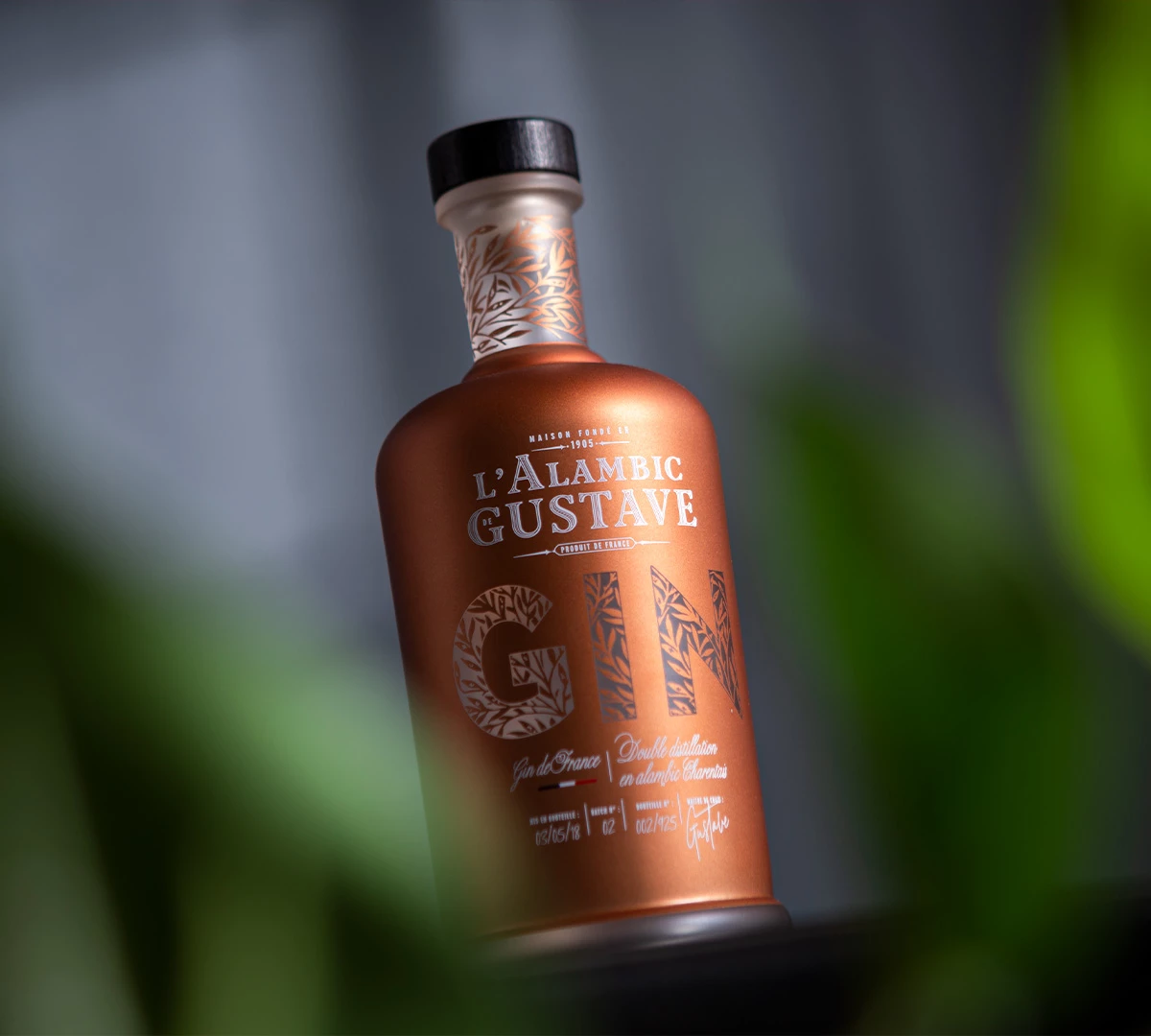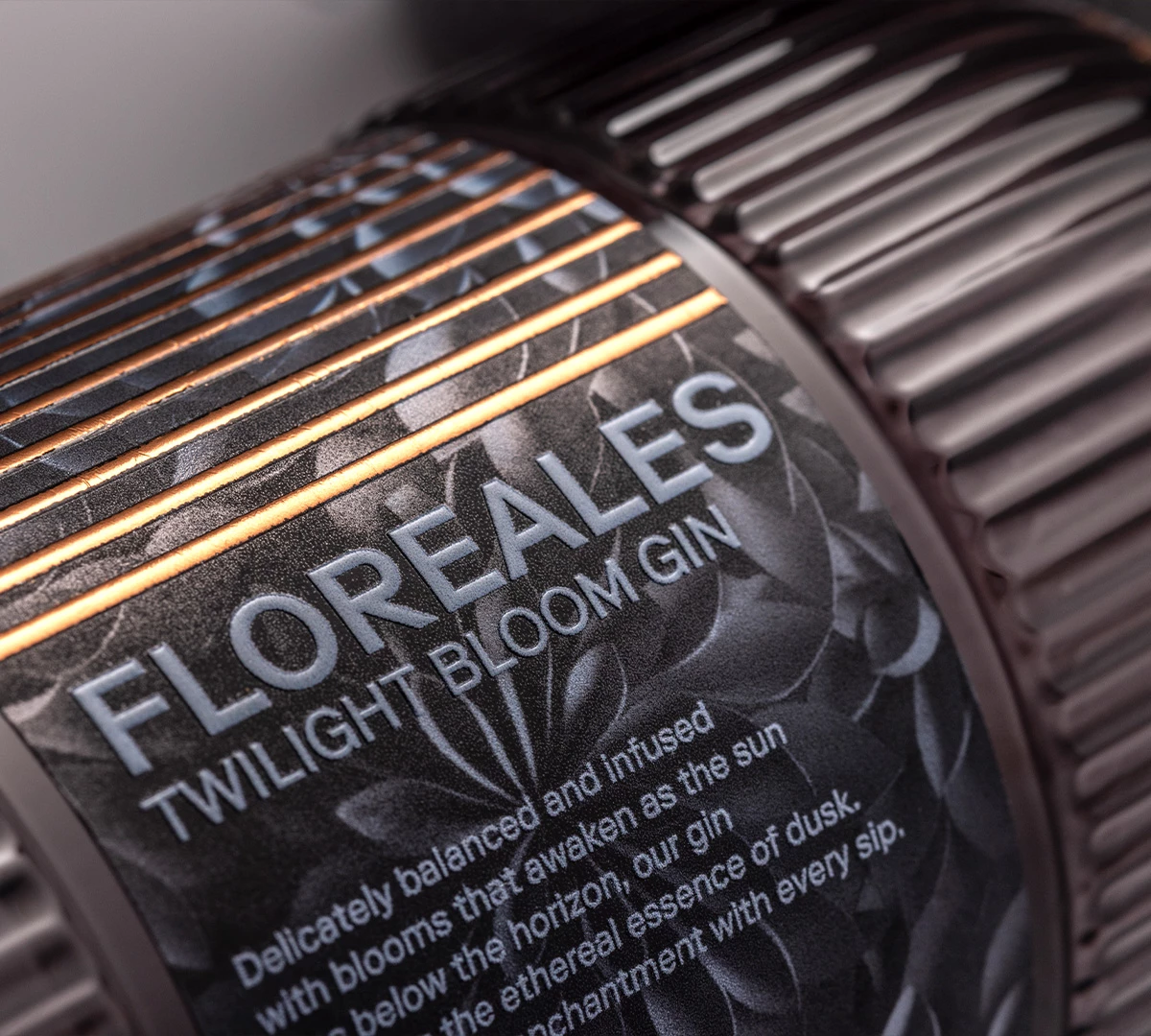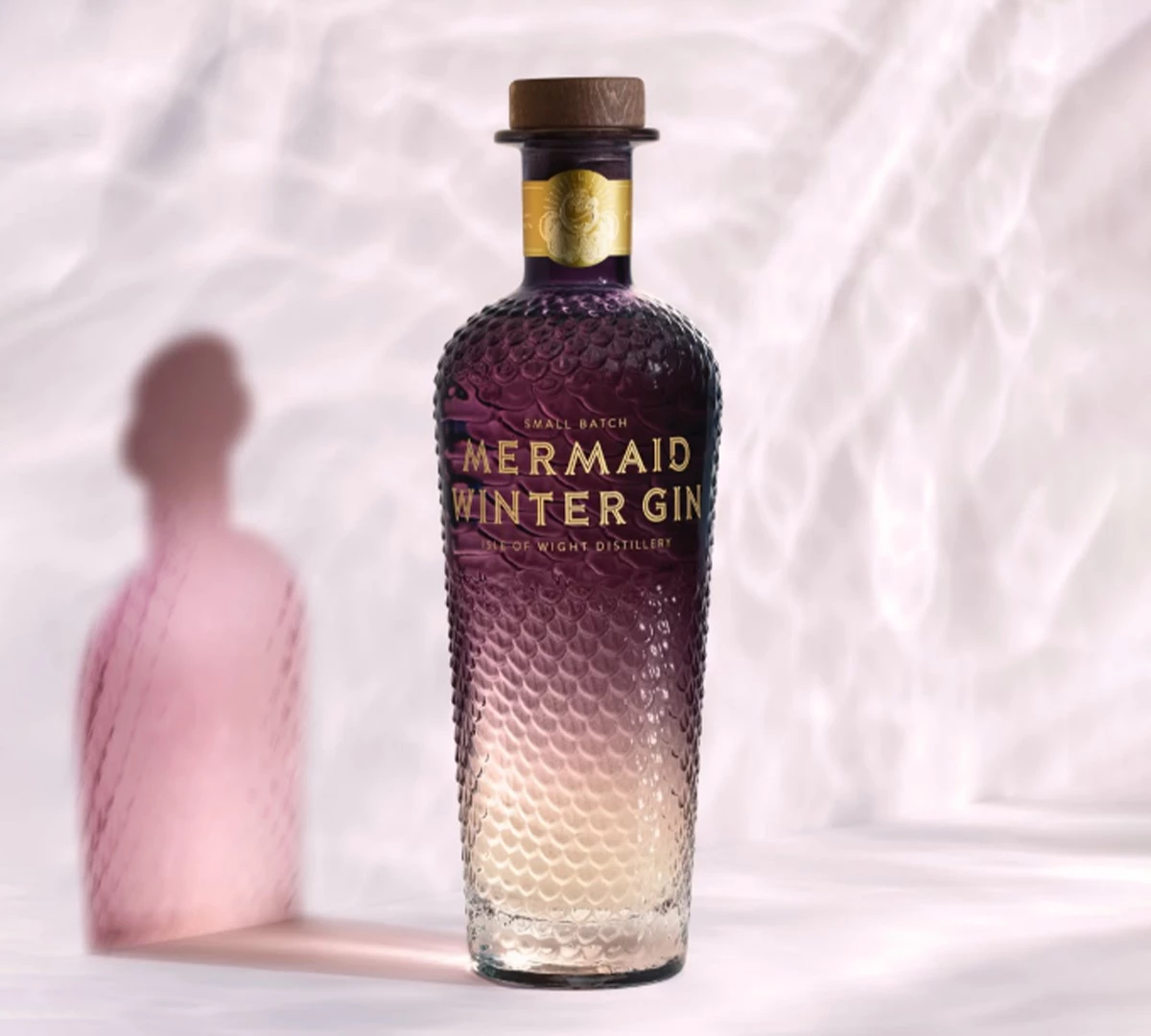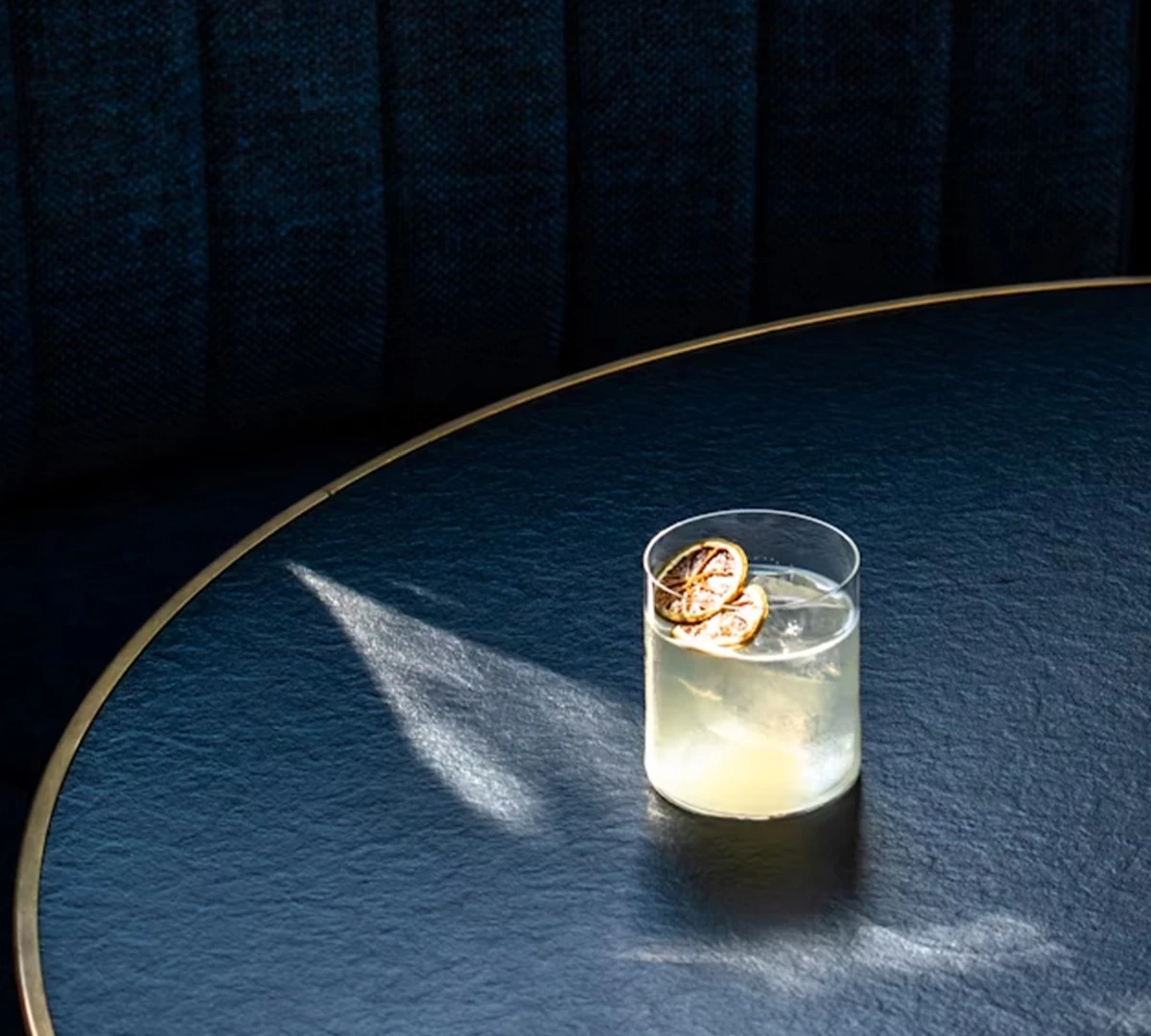How gin is made: the journey from laboratory to design.








How gin is made: from distillation to bottle design
Gin is now the star of a constantly growing market, thanks to its aromatic versatility, the appeal of its botanicals and the possibility of creating ever-new variations. Just like a designer bottle, gin is the result of a balance between technique, creativity and identity: each stage of production contributes to giving it character. And glass packaging is not just the final wrapping, but the detail that completes and enhances the gin experience, transforming it into a distinctive story.







How gin is made: history and tradition
The origins of gin can be traced back to the Dutch distillate 'jenever' (or genever), which was already widespread in the Netherlands in the Middle Ages and was even used as a medicinal remedy. Later, in the 17th century, gin arrived in England, where it gained the popularity we know today, evolving into styles such as London Dry, thanks in part to the evolution of distillation techniques.Gin production: the main stages
Each stage of gin production is not only a technical process, but also contributes to its identity and uniqueness. Let's take a closer look!Distillation: how it works, the importance of the still, methods
- Alcohol base (neutral spirit). We start with a high-purity neutral alcohol, obtained by fermenting cereals (often maize, barley, rye or wheat), followed by successive distillations that eliminate impurities and unwanted aromas. This serves to create a 'blank canvas', ready to receive the aromas of the botanicals.
- Re-distillation with botanicals. Real' gin is obtained by re-distilling this neutral alcohol together with botanicals such as juniper, coriander, angelica root, citrus peel, etc. The botanicals can be immersed directly in the liquid (maceration) or placed in baskets/steam infusion elements (vapour infusion), allowing for the distinct extraction of essential oils.
- Ageing, blending and cutting. After aromatic distillation, the distillate is reduced to the desired alcohol content by adding water. Sometimes filtration is carried out to polish the aromatic profile. Some gins undergo ageing or short periods of rest, which allow the aromas to harmonise.
Botanicals: selection of juniper and aromas
The selection of botanicals is what defines the character of each gin.- Juniper is mandatory: it is what gives gin its distinctive character.
- Additional botanicals (herbs, spices, citrus peel, roots) vary greatly from distillery to distillery. The quantity, type, degree of freshness and even the origin have a strong influence.
Distilling gin today: between craftsmanship and branding
Today, many distilleries, even small ones, are searching for their 'aromatic signature', a unique identity that sets them apart. The creative use of botanicals, experimentation with extraction methods and the choice of local ingredients allow them to build a distinctive profile. But this is not enough: packaging becomes an integral part of the narrative. Not only must it protect the gin, but it must also visually tell the story of the product, its character and its market.Packaging as part of the gin experience
In the world of gin, especially in its premium dimension, the bottle is not just a container: it is an element of identity that completes the tasting experience and helps define the character of the brand.Aesthetics must dialogue with functionality: a bottle must be ergonomic to facilitate the bartender's work, immediately recognisable on the shelf and designed to ensure comfortable and precise pouring.
The design reflects the positioning: an artisan gin can express its uniqueness through original shapes and decorative details; a gin with a modern, minimalist character, on the other hand, favours clean lines, transparency and essential finishes.
Every material and detail contributes to reinforcing the perception of value: the quality of the glass, the decoration techniques, the label material, the choice of cap or customised closure become distinctive features that transform the bottle into a symbol of authenticity and prestige.
For more information, read also: Brand Identity and Packaging: the role of design in telling a brand's story.
From concept to bottle: the VETROelite journey
At VETROelite, we believe that every gin deserves packaging that expresses its identity. That's why we accompany our customers on a comprehensive journey that combines creativity, technique and attention to detail, transforming a bottle into a true storytelling tool.- Consultancy and brand analysis: we start by studying the brand, its values and positioning to define the visual language that best represents the product.
- Design and prototyping: for bespoke projects, we design unique shapes, choose colours and finishes, and develop customised details that make the bottle distinctive and even more recognisable.
- Production, decoration and closures: the combination of craftsmanship and technology allows us to offer glass bottles of excellent quality, enriched with paintwork and decorations, completed with closures designed in harmony with the design.
Every gin has a unique story. With a designer glass bottle by VETROelite, that story can become an unforgettable experience. Discover our solutions dedicated to the world of spirits.